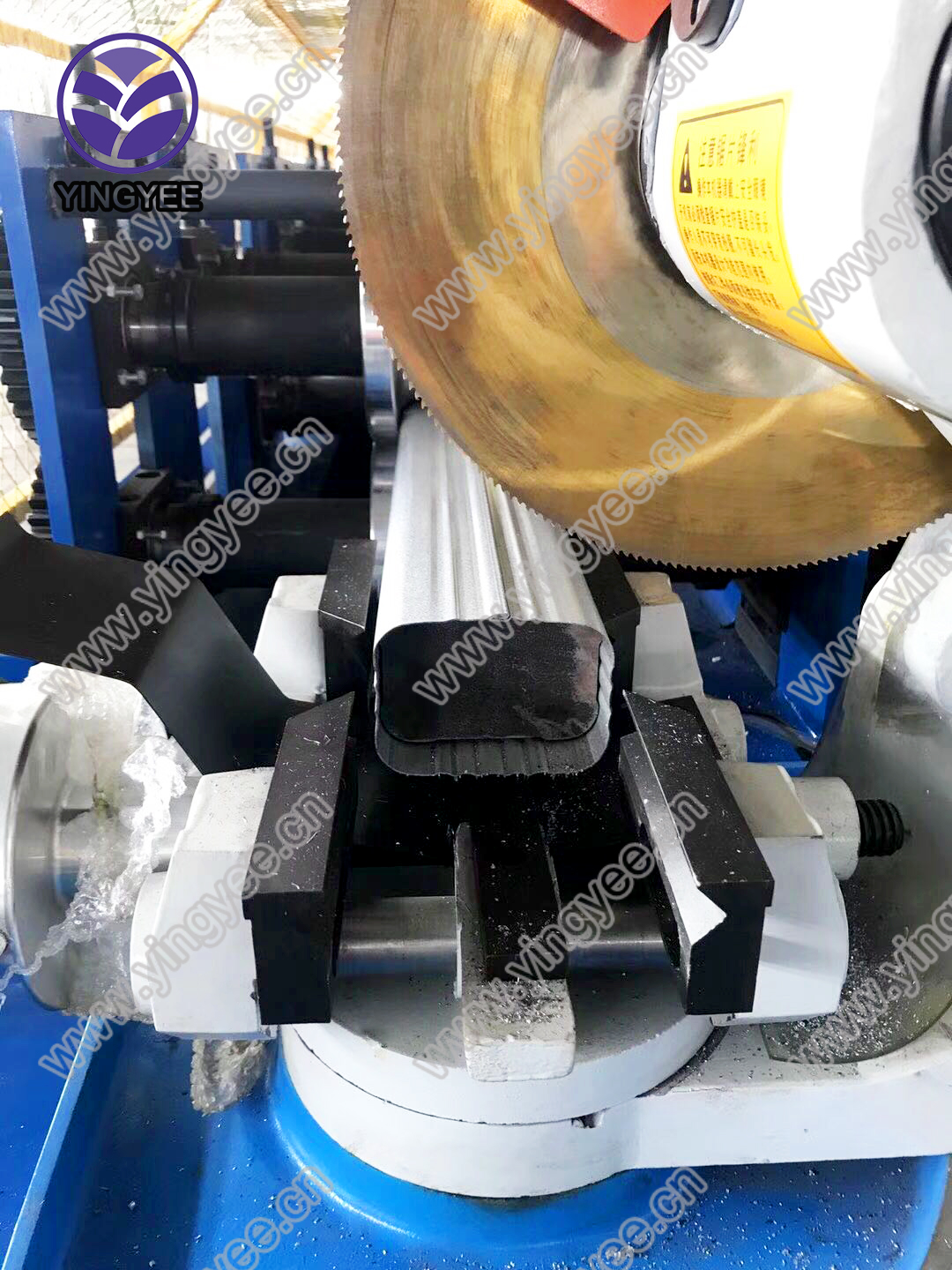
The Three-Roller Thread Rolling Machine An Overview
The three-roller thread rolling machine is a sophisticated piece of equipment designed for producing threads on various workpieces through a process known as thread rolling. This method of manufacturing threads has gained popularity in many industrial applications due to its numerous advantages over traditional cutting processes. The three-roller configuration specifically enhances the precision and efficiency of the threading operation, making it an invaluable tool in the production of fasteners, bolts, and other components requiring threaded surfaces.
How It Works
The basic principle of the three-roller thread rolling machine involves the plastic deformation of the material. Instead of cutting away excess material to form threads, the machine utilizes three specially designed rollers arranged in a triangular configuration. Two of the rollers are fixed, whereas the third roller is mobile and exerts pressure, rolling the workpiece between them. As the rollers move, they shape the material into the desired thread profile without generating chips, maximizing material efficiency and minimizing waste.
This configuration also allows for the simultaneous processing of multiple threads, significantly increasing productivity. The three-roller design can accommodate various thread sizes and shapes, adapting to the specific requirements of the application.
Advantages of Thread Rolling
One of the primary advantages of using a three-roller thread rolling machine is the superior finish it provides. The rolling process produces a smoother surface compared to traditional cutting methods, which often leave behind rough edges and chips. This smoother finish is essential in industries such as automotive and aerospace, where precision and reduced friction are paramount.

Moreover, thread rolling enhances the strength of the threads due to the work-hardening effect. As the material is compressed during the rolling process, its molecular structure becomes denser, resulting in a stronger and more durable thread. This increase in tensile strength makes rolled threads less prone to stripping and fatigue, which is crucial in applications where fasteners are subjected to high loads and stress.
Applications
The three-roller thread rolling machine is widely used in various industries, including automotive, aerospace, and construction. It is particularly effective for producing high-volume threaded components, such as bolts, nuts, and screws. Manufacturers appreciate the high-speed capability of these machines, which can produce threads much faster than traditional methods while maintaining accuracy and quality.
Additionally, the adaptability of the three-roller design allows manufacturers to switch between different thread profiles quickly, making it feasible to run small batch productions alongside high-volume runs. This flexibility is vital in today's industry, where customization and rapid turnaround times are increasingly in demand.
Conclusion
In conclusion, the three-roller thread rolling machine is an essential tool in modern manufacturing, providing a reliable, efficient, and cost-effective method for producing high-quality threads. Its ability to deliver superior surface finishes, increased strength, and flexibility in production makes it a preferred choice in many sectors. As technology continues to advance, we can expect further innovations in thread rolling machinery, enhancing its capabilities and expanding its role in the manufacturing landscape.